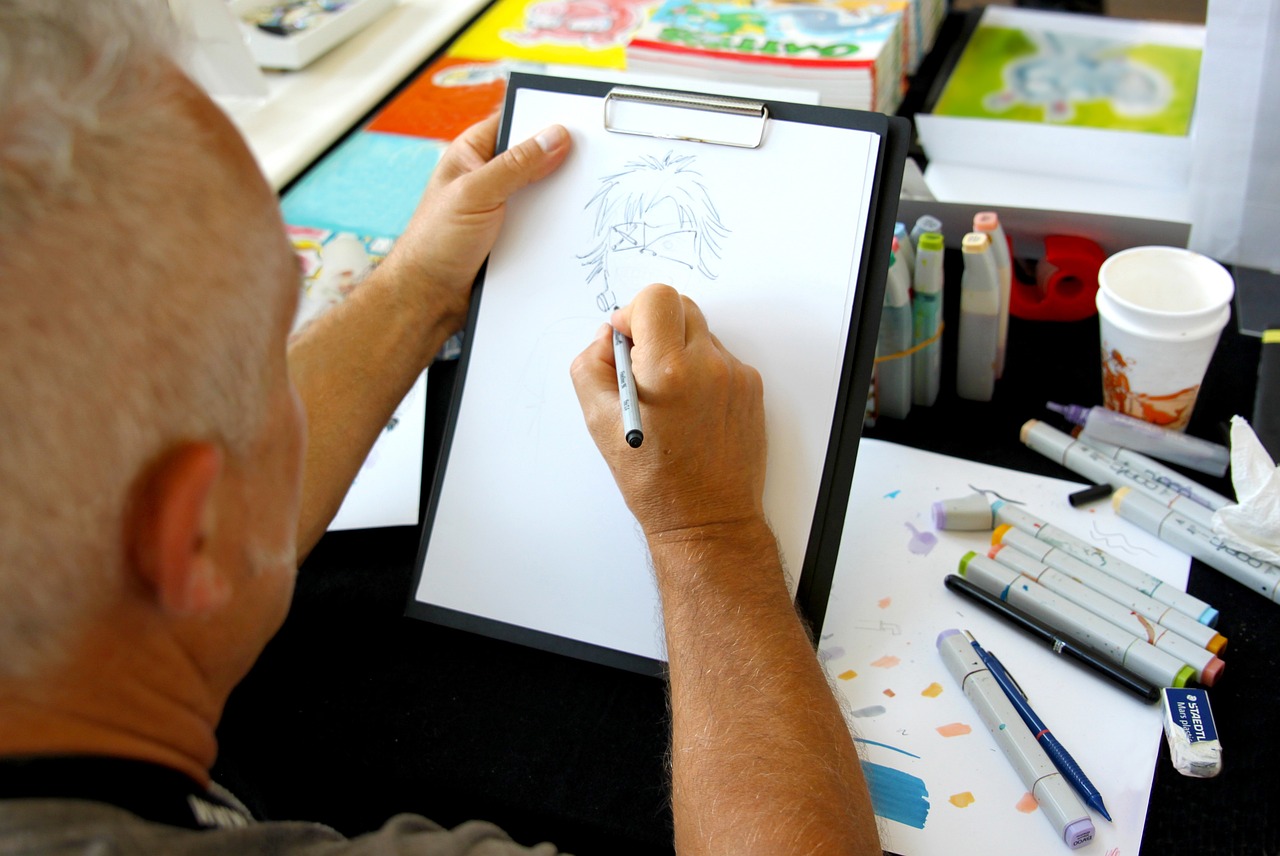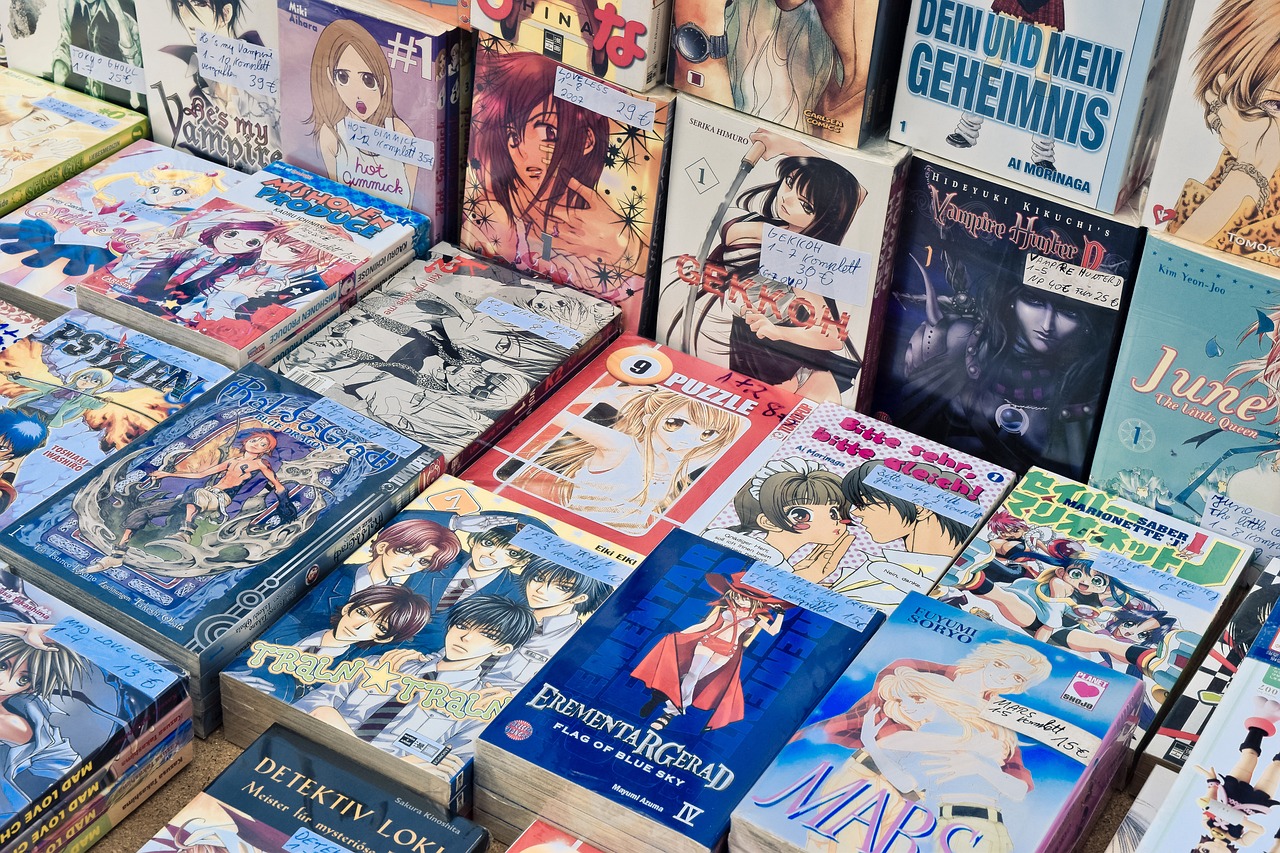Understanding Cosplay in the Anime World Complete with Types
In the anime world, cosplay has become an inevitable phenomenon. Here is an explanation of the understanding of cosplay in the anime world, including its history and types.

Kapanlagi.com - The understanding of Japanese manga refers to a narrative art that has become a symbol of Japanese culture on the global stage. As a form of comic or graphic novel, manga not only offers entertainment, but it is also a medium for conveying deep ideas, values, and emotions from creators to readers.
From thrilling action genres to heartwarming romantic stories, manga offers an interesting variety for readers from various backgrounds. With its unique art style, compelling storylines, and iconic characters, Japanese manga has positioned itself as an important part of modern Japanese popular culture.
Now, for those of you who want to further understand Japanese manga, here is the definition of Japanese manga along with its characteristics and differences from comics. Let's check it out, KLovers.

Illustration (credit: pixabay.com)
The understanding of Japanese manga is a form of narrative art originating from Japan. Manga is a comic or graphic novel that is often published in weekly or monthly magazines, or in compilation book formats called tankoubon. The term manga itself comes from the Japanese language, which literally means "still picture".
Japanese manga has its own distinctive characteristics in terms of art style, story, and target audience. The art style in manga varies greatly, but generally has some distinctive features such as characters with large eyes, rich facial expressions, and the use of dynamic panels to convey the story.
Japanese manga also covers various genres, ranging from action and adventure to romance, horror, science fiction, sports, and many more. The process of creating manga begins with the story creator (mangaka) who creates the plot and script, then draws the panels and fills them with text and dialogue.
After that, manga can be published in weekly or monthly manga magazines, or compiled into tankoubon after several chapters or volumes are completed. Some manga is also published online before or simultaneously with print publication. Manga itself has existed in various forms since ancient times in Japan.
However, its modern form began in the early 20th century. Works like Osamu Tezuka's "Astro Boy" (Tetsuwan Atom) are considered a turning point in the development of modern manga. Since then, manga has grown into a major industry in Japan and gained popularity worldwide.
Japanese manga has become an integral part of Japanese popular culture and has significant influence worldwide. Manga works have been translated into many languages and have become popular in various countries. This has sparked the formation of large manga fan communities outside of Japan.
In addition, there are many adaptations of manga into various forms of media such as anime, films, video games, and more. Overall, Japanese manga is a diverse and dynamic form of narrative art originating from Japan and has a strong influence on popular culture both domestically and internationally.

Illustration (credit: pixabay.com)
Is manga the same as comics, or are they two different things? Manga and comics are two forms of narrative art with different origins and characteristics. Although they share similarities in essence, which is storytelling through sequential images.
Despite the significant differences between manga and comics, both have a great influence on popular culture and both provide means to tell stories using a combination of images and text. In terms of origin and culture, as KLovers know, manga originated from Japan.
Meanwhile, comics is a more commonly used term to refer to the narrative art form from various countries, including the United States (American comics), Europe (bandes dessinees in France), and other countries. Due to their different origins, manga and comics often have different art styles, themes, and narrative conventions.
Manga art style often has distinctive features such as characters with big eyes, dramatic facial expressions, and the use of dynamic panels. On the other hand, comic art styles can vary greatly depending on their country of origin, but often tend to follow more realistic or cartoonish art conventions.
Another difference is that traditional Japanese manga is read from right to left, while Western comics are usually read from left to right. This affects how panels are arranged and read order. Some manga published outside of Japan may have been adapted to a Western page orientation.
Manga is often published in longer formats, with stories that develop through multiple chapters or volumes. This allows manga authors (mangaka) to explore plot and characters in depth. On the other hand, comics are often published in the form of single stories or shorter series.
Although there are also comics with longer narratives. In terms of genre, manga and comics are quite different, KLovers. Although both cover various genres, manga and comics often target different audiences. For example, manga has genres like shounen, shoujo, seinen, and josei.
Comics also have diverse genres, but are often aimed at general readers or a wider audience without limiting to specific demographics. Until, as can be seen in the explanation above, although they may seem similar, manga and comics have significant differences.
That is the definition of Japanese manga that KLovers can know, along with the differences with comics. Japanese manga is not just a form of entertainment, but also a window into Japanese culture and values. With its growing popularity, manga remains an undeniable force in global popular culture.
(kpl/dhm)
Cobain For You Page (FYP) Yang kamu suka ada di sini,
lihat isinya
In the anime world, cosplay has become an inevitable phenomenon. Here is an explanation of the understanding of cosplay in the anime world, including its history and types.
Detecting virus-infected devices is very important to do as early as possible. Here are ways to clean viruses on mobile phones.
The film THE GREAT GATSBY which was released in 2013 is an adaptation of the classic novel by F. Scott Fitzgerald with the same title. For those of you who want to know more about the story in this film. Here is the complete synopsis of the film THE GREAT GATSBY along with the list of cast members.
There are so many uses for NFC, so it's important to know how to use NFC on your smartphone. Curious about how? Read the following review to find out.
Not always a romantic story, Japanese dramas also provide themes of power and political intrigue. Here is a list of Japanese dramas about politics full of conspiracy that shouldn't be missed.
Curious about how to download WhatsApp stories? To find out, just read the following review.
Chinese dramas always provide unique fantasy stories about mythology that are believed by many people. Like some popular Chinese dramas about monsters below.
Curious, what is the lucky color for your birthday? Just check out the following review.
Song Hye Kyo has shown her extraordinary talent in various dramas. Here is a list of Song Hye Kyo's melodrama genre dramas that touch the heart.
Dreaming of seeing a snake is certainly something terrifying. Moreover, if such a situation occurs in the real world, it is certainly quite frightening. But then, what is the meaning of dreaming of seeing a big snake? Here's the review KLovers.
What happens if you dream of cutting hair. Does it really mean something? Check the interpretation here.
In the world of anime, beauty is often combined with incredible strength. This creates characters that are captivating and physically powerful. Like some of the most popular beautiful and strongest anime characters below.